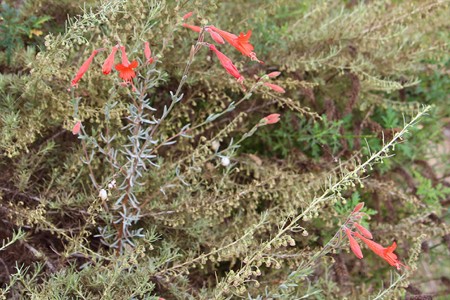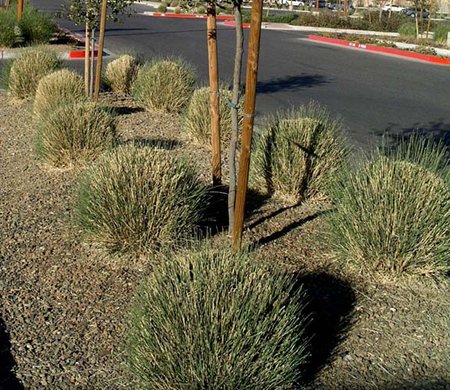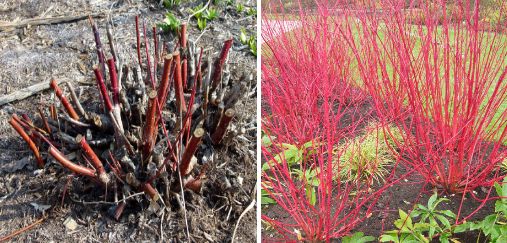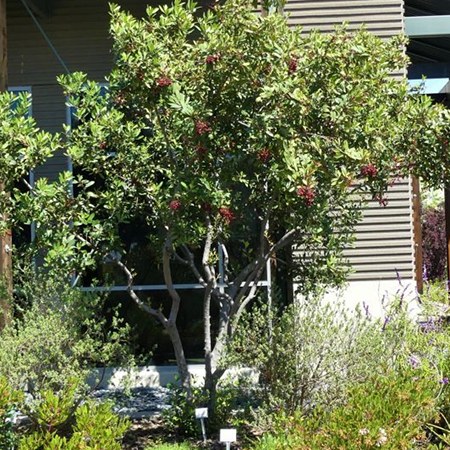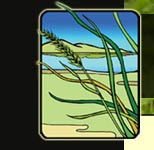Fall Pruning: Tips and Tricks for the Changing Season
Story by Jessica Calvillo
Fall is finally here and it’s now time to prepare our gardens for the eventual transition into winter. As the days become shorter and the nights cooler, many of the natives in our gardens will begin take on their fall color and go into dormancy. During this time as our plants prepare to rest for the winter it is our chance to step in and do some tidying up! Below are some simple tips and tricks that I follow to keep my native garden neat, healthy, and ready for the next spring.
Getting Started
Tools you will need:
- clean sharp pruners, sheers, or pruning saw
- a blade sharpener *
- WD40 to keep your tools working properly
- a spray bottle of rubbing alcohol to sanitize your tools**
*Sharp tools ensure an even and clean cut which will reduce your plants chances of infection.
**Sanitizing your tools between uses on different plants helps reduce the risk of spreading potential pathogens to your other plants.
Pruning Techniques
Deadheading The cutting off of old flowers to encourage new flowers or to improve the plants appearance.
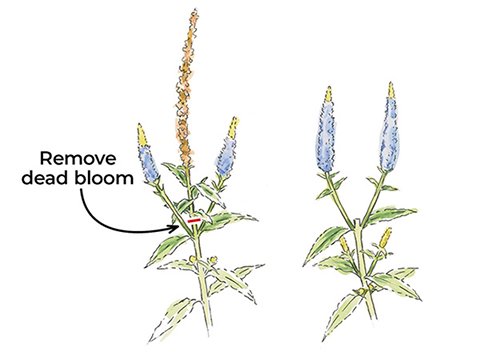
Structural and Aesthetic Pruning This method of pruning is done with the plant’s future shape and growth habit in mind. It involves carefully cutting back certain branches that will guide your shrub or tree to eventually assume a particular shape or growth habit in the future.
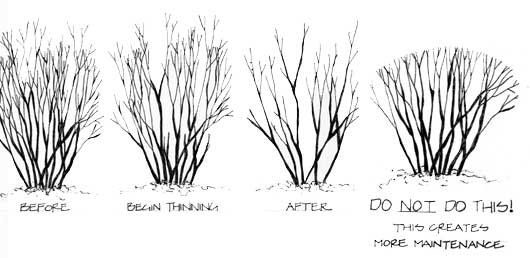
Hard Pruning Cutting a plant back down to it’s main branches to control its size or to encourage fresh new growth.
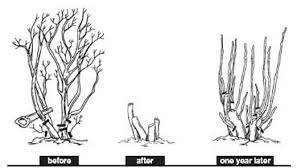
Coppice Pruning Cutting a shrub or tree back down to its base or first nodes to encourage tall and straight new growth.
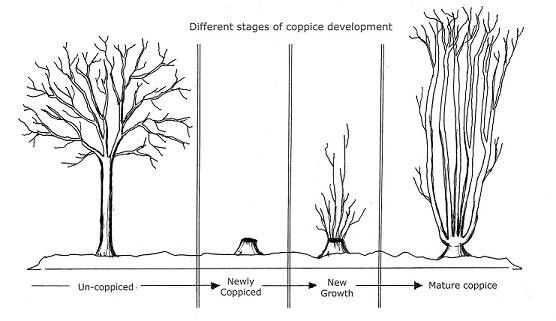
Making the Cut
When doing structural/aesthetic pruning, hard pruning, and coppice pruning it is especially important that you make proper pruning cuts. Properly pruned branches will be able to heal and seal their wounds. Leaving excess stem behind does no good for the plant and excess dead stem can in fact be a breeding ground for infection. Cut too low and the leaf node may not survive the wound and die back down to the next node. In addition to making the right level and angle of cut it is also important to do your pruning in dry weather so that the cuts can dry and heal. These pruning cuts must of course be done with clean and sharpened tools to achieve the best results.
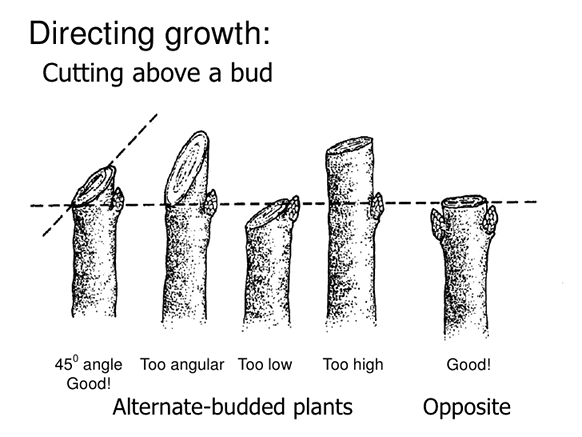
Common Natives Used in Landscapes and Their Fall Pruning Needs
- Milkweeds (Asclepias sp.)
- When milkweeds go dormant in the fall they can be cut all the way to the ground and will grow back in the spring.
- Buckwheats (Eriogonum sp.)
- Once the seeds have fallen or been eaten by birds you can deadhead the old flower stems to keep you plant neat. Additional branches maybe snipped back a bit if you wish to keep your buckwheat in a nice mounded shape.
- California Aster (Symphyotrichum chilense)
- Once seeds have been disbursed, CA Aster can be coppiced down to the ground and will re-emerge in spring.
